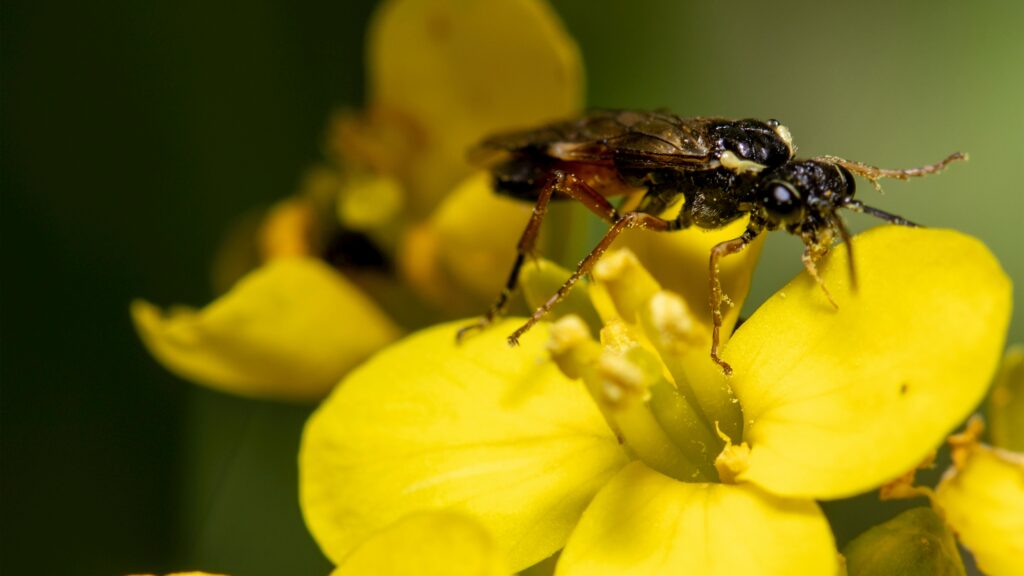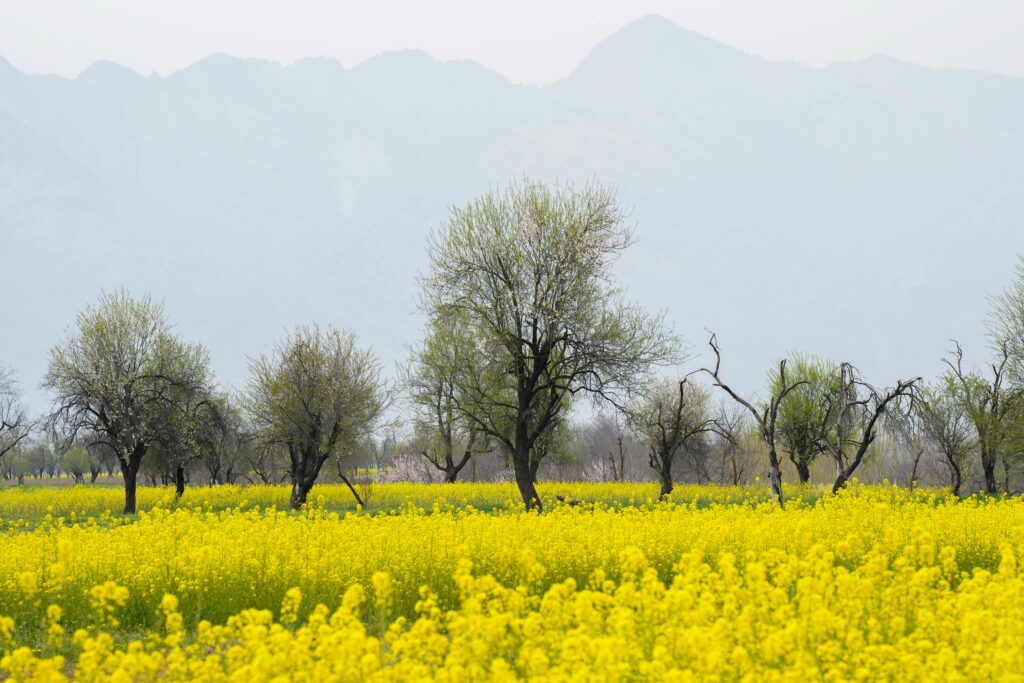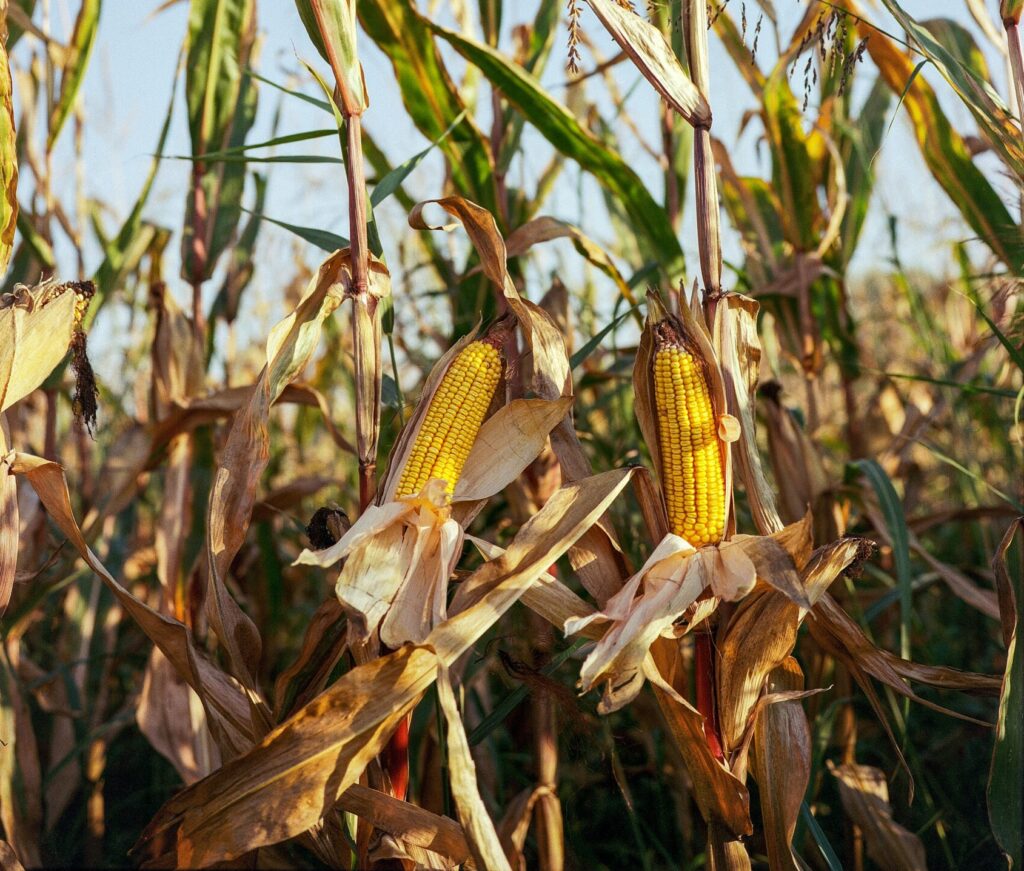Corn, also known as maize, is cultivated in various types to meet different needs in food, feed, and industrial uses. Here are the primary types of corn grown globally, each with unique characteristics and suited for specific climates and purposes.
1. Dent Corn (Field Corn)
- Characteristics: Named for the small dent that forms at the crown of each kernel as it dries, dent corn is the most widely grown type in the United States, particularly in the Midwest.
- Uses: Primarily used for animal feed, ethanol production, and processed food ingredients, such as corn syrup and cornmeal.
- Growing Conditions: Prefers warm climates with adequate rainfall and well-drained soil; hybrids have been developed to withstand various climates.
2. Flint Corn
- Characteristics: Known for its hard, glassy kernels, flint corn is highly resilient and less prone to pest damage due to its tough outer layer. It’s often multicolored, with shades of red, white, yellow, and blue.
- Uses: Mainly used for food products, especially in South America, and is also ground into meal for traditional dishes. In North America, it is used for ornamental purposes.
- Growing Conditions: Flint corn is highly adaptable to diverse climates and does well in cooler and shorter growing seasons.
3. Sweet Corn
- Characteristics: Sweet corn has a high sugar content, which makes it ideal for consumption as a fresh vegetable. It is typically yellow or white and harvested while the kernels are still tender.
- Uses: Primarily consumed fresh, canned, or frozen. It is the type most people eat as “corn on the cob.”
- Growing Conditions: Sweet corn thrives in warmer climates with plenty of sunlight and requires a longer growing season to develop its sweetness.
4. Popcorn
- Characteristics: Popcorn kernels are small, hard, and can withstand high heat. When heated, moisture inside the kernel turns to steam, causing it to pop.
- Uses: Used solely for popping and consumed as a snack.
- Growing Conditions: Requires a long, warm growing season with consistent moisture. Popcorn is more particular about soil and weather conditions than other types of corn.
5. Flour Corn
- Characteristics: Flour corn has a soft, starchy interior that makes it easy to grind into flour. It is generally grown in drier areas.
- Uses: Commonly used in making corn flour for baking and traditional recipes, especially in Latin American cuisine.
- Growing Conditions: Adaptable to both dry and temperate climates; often grown in regions with less rainfall.
6. Waxy Corn
- Characteristics: Waxy corn has a high amylopectin content, giving it a sticky texture when processed. It is visually similar to dent corn but has a different starch composition.
- Uses: Primarily used for industrial purposes, such as in adhesives, coatings, and for food products requiring specific textures.
- Growing Conditions: Grows well in environments suited to dent corn but is often cultivated specifically for industrial markets.
7. Pod Corn
- Characteristics: Pod corn is a rare and ancient variety where each kernel is covered by a husk. This characteristic is mainly of botanical interest rather than commercial use.
- Uses: Mostly grown for ornamental and research purposes rather than large-scale agriculture.
- Growing Conditions: Can be cultivated similarly to other corn varieties but is rarely grown on a commercial scale.
Each corn type has unique growth requirements and uses, from animal feed and industrial products to fresh produce and specialty items like popcorn. Selecting the right variety depends on the purpose, local climate, and soil conditions, allowing farmers to maximize productivity and cater to specific market demands.
















